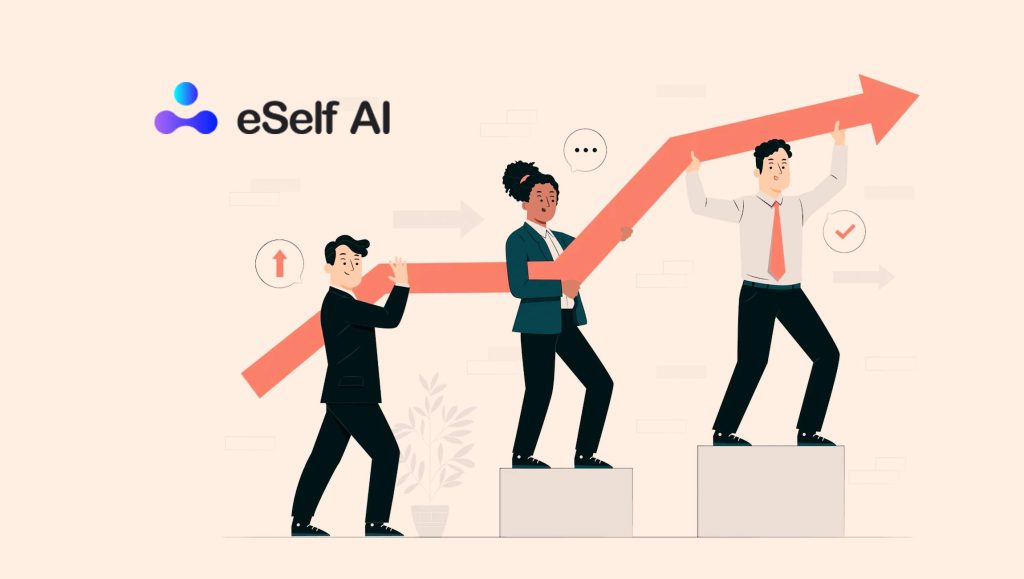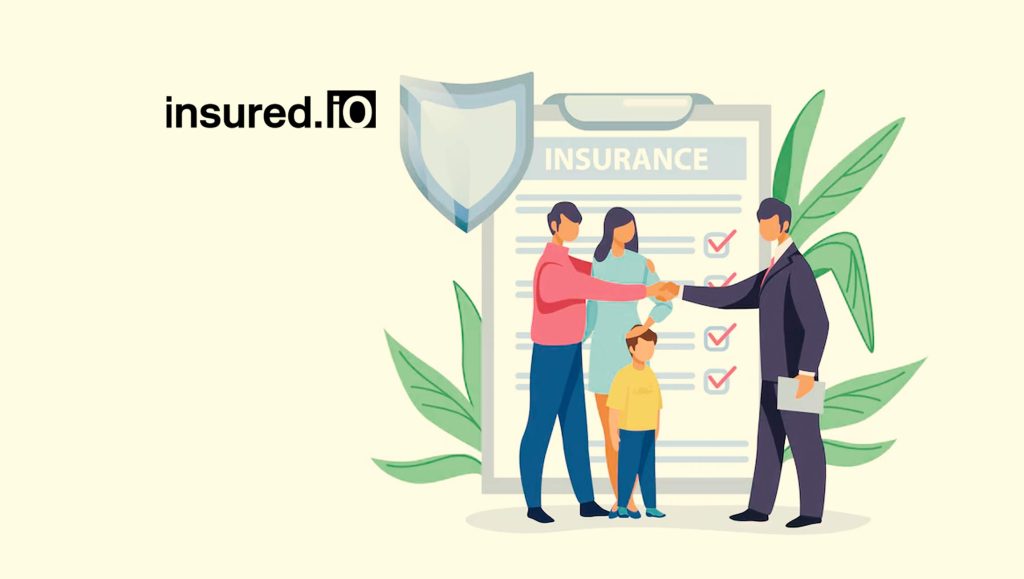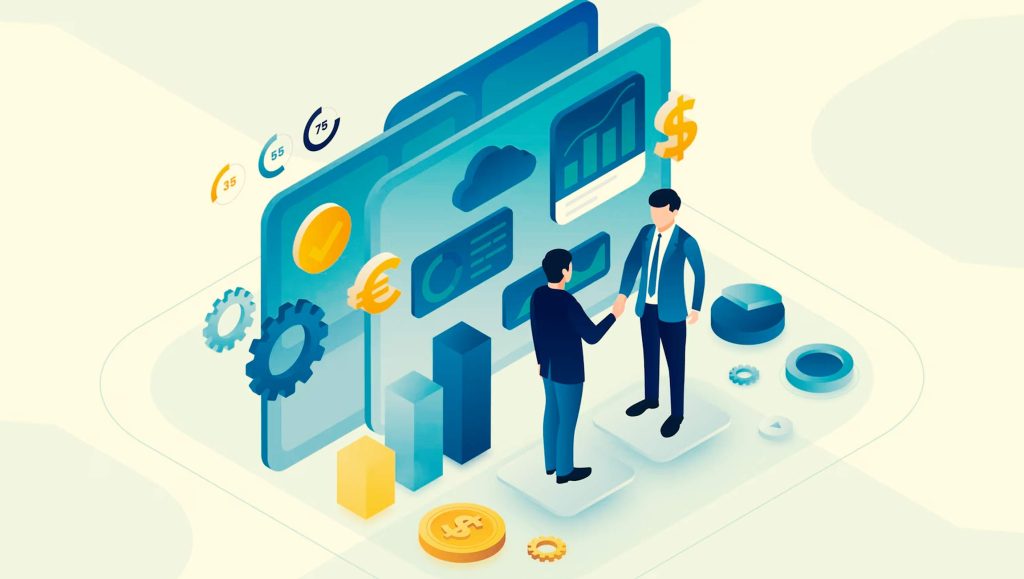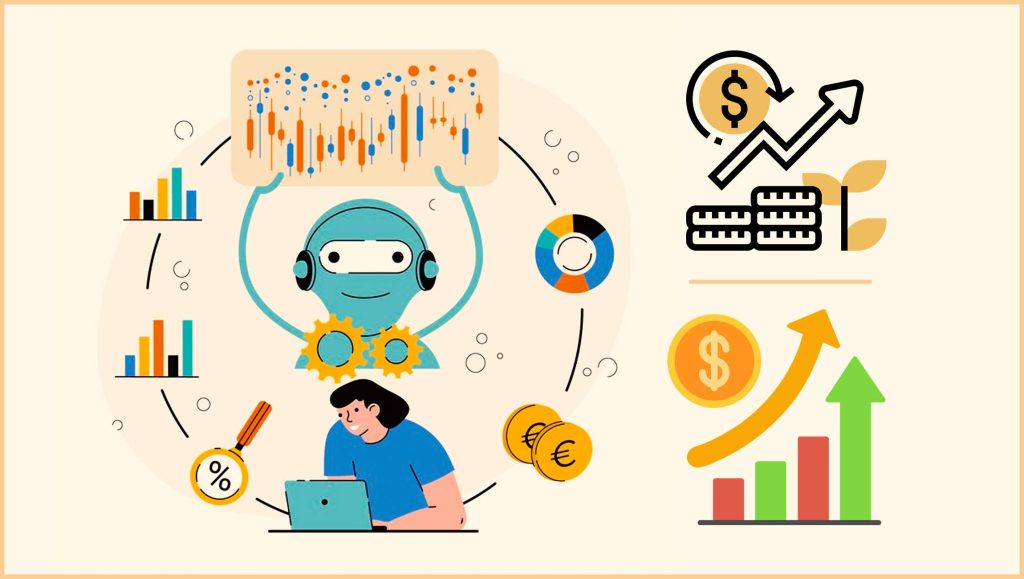A Year of Disruption Reshaped Inbound Call Center Leaders’ Approach to Fraud Prevention, Customer Experience and Operational Efficiency
Call centers experienced increased account takeover fraud in 2020 as criminals took advantage of pandemic-related disruption, according to the 2021 State of Call Center Authentication report from Neustar Inc. The report, based on a survey of contact center professionals, suggests that the ongoing weaponization of customers’ personal information, the growing sophistication of account takeover attacks beginning in the contact center, and consumers’ rising expectations for safe and easy connections are accelerating the transition toward low-friction caller authentication.
Read More: Cobalt Iron Honored By CIOReview As One Of ‘20 Most Promising IBM Solution Providers’ For 2021
Following are key findings from the report:
1. More fraud is coming through the call center
The COVID-19 pandemic created the perfect conditions for fraudsters to attack call centers — record call volumes combined with high stress levels, sympathetic agents, and the quick transition of staff to work-from-home with less access to robust call center tools. As a result, more survey respondents cited the call center as enabling account takeover fraud in 2020 than in previous years. While 40% of respondents reported increased fraud compared to 2019, the actual amount may be higher, as it is often difficult to trace eventual online fraud to an account takeover via phone call.
2. Agents should be kept out of authentication
To reduce call handle times and minimize opportunities for social engineering by fraudsters to gain illicit access to customer accounts, survey respondents overwhelmingly want to keep agents out of the authentication process, with 83% preferring to complete caller authentication before an agent speaks with the caller. Preference for agent-led knowledge-based authentication fell by 57%, to its lowest point since the survey began in 2018.
3. More fraudsters are using spoofing and call virtualization
With web and mobile apps making the manipulation of call signaling data increasingly accessible, more criminals are using these tools to evade spoof detection solutions. In 2020, 58% of survey respondents reported an increase in the use of call spoofing to impersonate customers. Criminals are also increasingly using virtualized calls to contact agents and gain access to customer accounts via social engineering. Last year, 50% of respondents observed an increase in fraudsters using virtualized call services.
4. Enterprises are not ready to benefit fully from STIR/SHAKEN data for inbound calls
Although the Federal Communications Commission’s STIR/SHAKEN call authentication framework is targeted toward outbound dialing, it will change the types of information call centers receive on all calls, including inbound calls. Contact centers can leverage new call attestation data for authentication; however, almost 90% of survey respondents said their inbound call center analytics are not prepared to ingest STIR/SHAKEN data and make informed decisions about incoming calls based on attestation data.
Read More: Clarity Benefit Solutions Expands Focus On World-Class Service















